There is so much you can learn about a student’s phonics skills just from looking at writing samples. One of the big “ah-ha” moments from my Phonics First training (Orton-Gillingham based program) was when the trainer said that a student has not fully mastered a phonics rule until you see him/her use it in writing. Of course, that makes sense. Sometimes you just need someone to point out the obvious. Since that time, I’ve made it a point to really take some time to analyze writing samples. One of the problems I’m having with some students is actually trying to read what they are writing. This issue has led to numerous conversations with our Occupational Therapists regarding handwriting. Admittedly, it the past, when I came across illegible writing, I was quick to call in the OT. But lately, in the spirit of Response to Intervention (RtI), I’ve been working with teachers in providing strategies first. Here are some strategies for commonly occurring handwriting issues:
Letter Size Differentiation
The writing of students whose lowercase letters are as large as the uppercase letters or their “descending” letters don’t drop below the line is difficult to read. Our OT’s refer to this as “letter-size differentiation”. Students need to be taught that tall letters are “tall” and reach the top line (e.g. b, d, f, h, k), small letters are “small” and are printed in the middle of the line (e.g. a, c, e) and descending letters drop below the bottom line (e.g. p, g). To help cue students into the correct formation of the letters, having them practice writing letters on highlighted paper and/or using the highlighted paper for writing assignments can be beneficial.
Hi Write Hi-Write Wide-Ruled Notebook Paper
Hi-Write Beginner 1 Paper – Pack of 100
Hi Write Intermediate Paper – Pack of 100 Pages – Grade 2
You can purchase highlighted paper commercially; however our Assistive Technology guy easily generated this highlight paper using a program on his Mac. Just for fun I tried my hand at creating highlighted paper with Microsoft Publisher. We couldn’t find highlighted paper for specifically for spelling so I whipped this up for my first/second grade teacher friends.
Click the following link to download this pdf Highlight paper spelling list2
We also recommend the use of raised line paper as the students can feel when their pencil touches the line.
Another fun strategy is cheering out spelling words. I LOVE this strategy as incorporates movement and doubles as a multi-sensory strategy for learning words. Students jump in the air with arms raised high for tall letters. For small letters, they stretch their arms off to the side and for decending letters they crouch down low.
Spacing Between Words
Another issue that affects legibility is not putting spaces between words. In April, I wrote a blog regarding a specific strategy that our fabulous OT, Lyzz, uses to help students with word spacing. Here’s the link to that post Teaching Students to Space Between Words
Case Consistently
Have you ever had a student write in all capital letters? Students who are not correctly using capitals or lowercase letters need direct instruction and practice. A reminder strip with simply upper- and lowercase letters on the desk may help.
Letter Formation
Students who are not forming letters correctly will need re-teaching of the correct stroke sequence. Using multi-sensory strategies such as writing letters in sand or shaving cream will help. Writing letters in the air prior to writing on the paper is a great strategy because it involves whole body movements (this is known as “air writing”). For a more structured program, the Handwriting Without Tears is a program which is highly respected and has proven effective in improving handwriting. In general, students need practice in writing the letters correctly. This will involve direct supervision when practicing writing as we do not want them practicing incorrect strokes (remember: only perfect practice makes perfect). It will take repeated practice writing letters correctly to reverse an old habit.
Handwriting Without Tears now has a new app. I absolutely love it!
It’s the Wet, Dry, Try App. It’s great because first the student is given a model of the correct letter strokes (voice too). Then he/she must wet the letter with the sponge, dry it with a towel and then write it again with the chalk (of course, all virtual).
Handwriting practice worksheets also provided the extra practice needed when learning correct letter formation. These handwriting practice worksheets are available in my TpT store. I like to print a color copy and then lamintate the pages (I use the heavier laminating sheets) so that they can be used over and over again.
Click HERE or on the picture below to download handwriting practice pages for the letters of the alphabet.
Letter Reversals
Okay, I know this is a big one! So big in fact I wrote a blog devoted to just this issue. Here’s the link Why Students Reverse Letters
With a little bit (or quite a bit) of deliberate practice, our little writers can improve their penmanship.
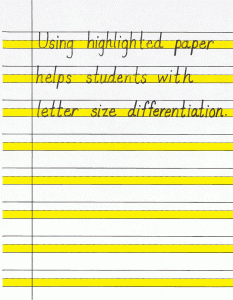
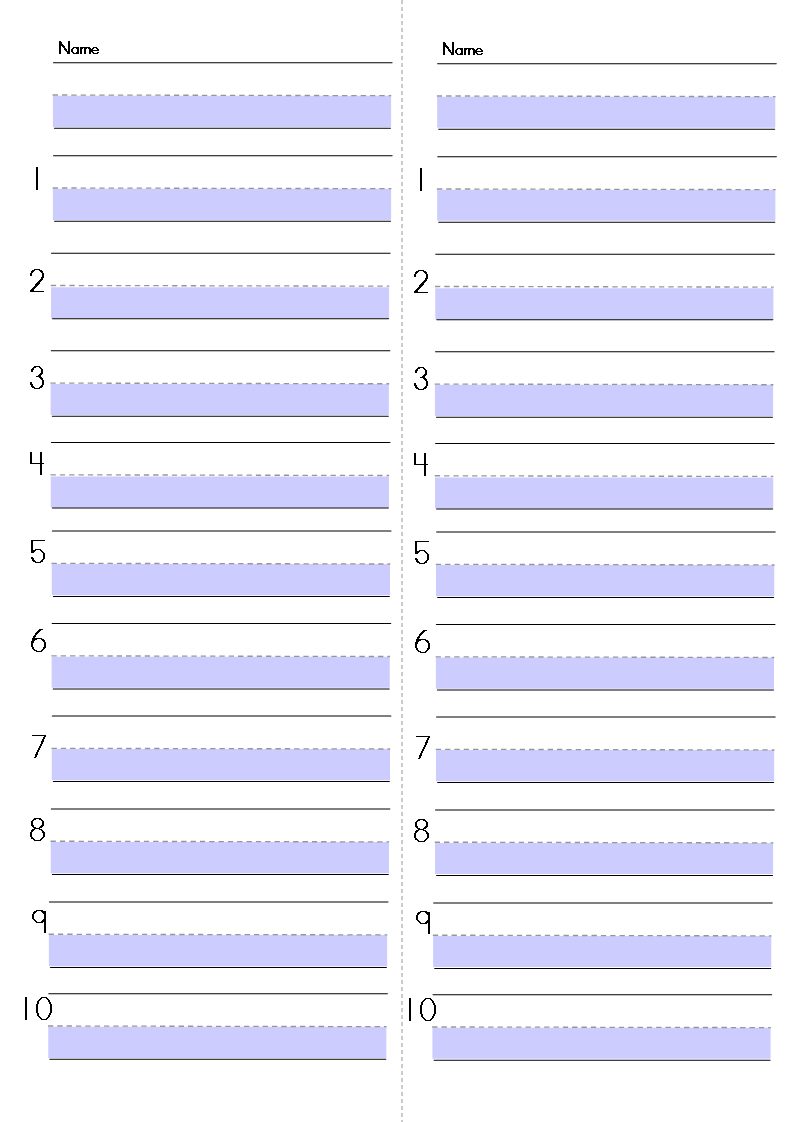
![IMG_9028stickers-289x300[1]](https://blog.maketaketeach.com/wp-content/uploads/2012/05/IMG_9028stickers-289x3001.jpg)
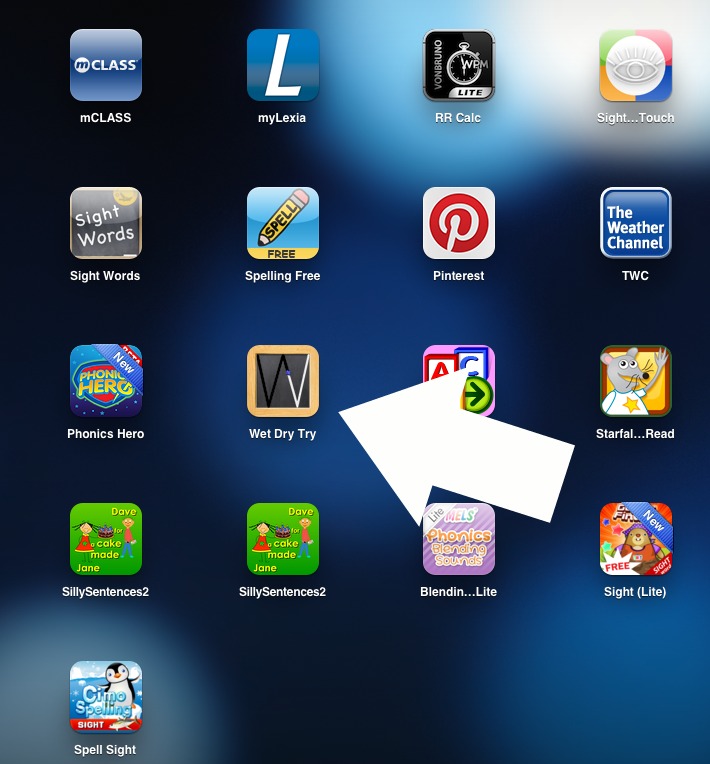
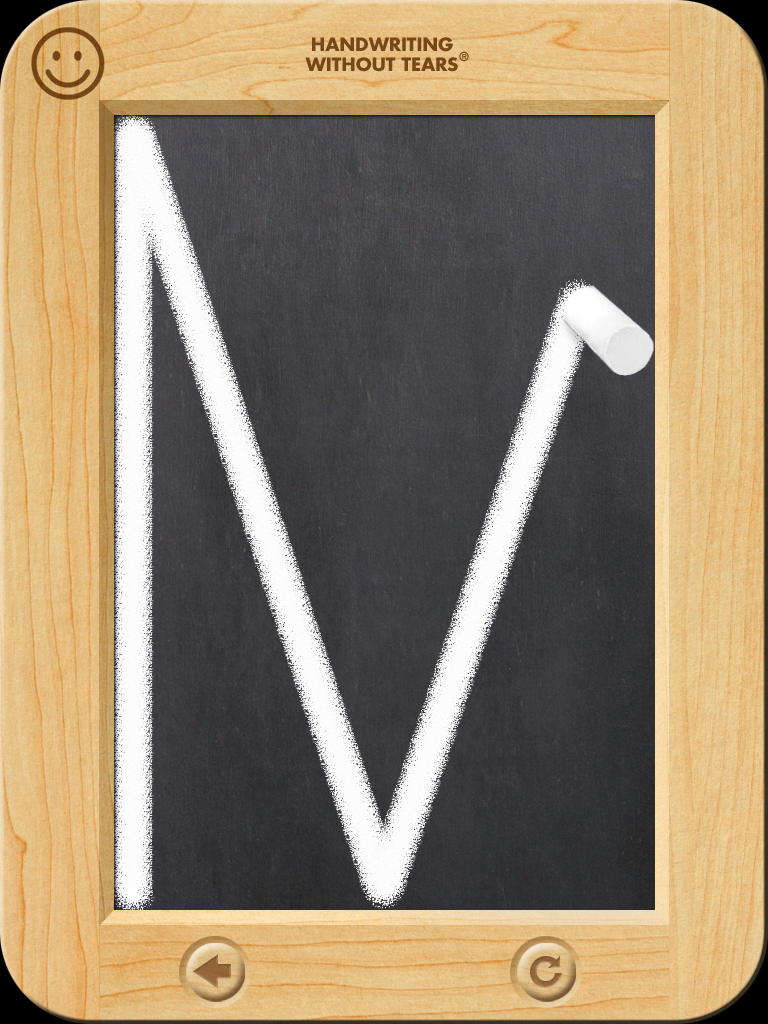
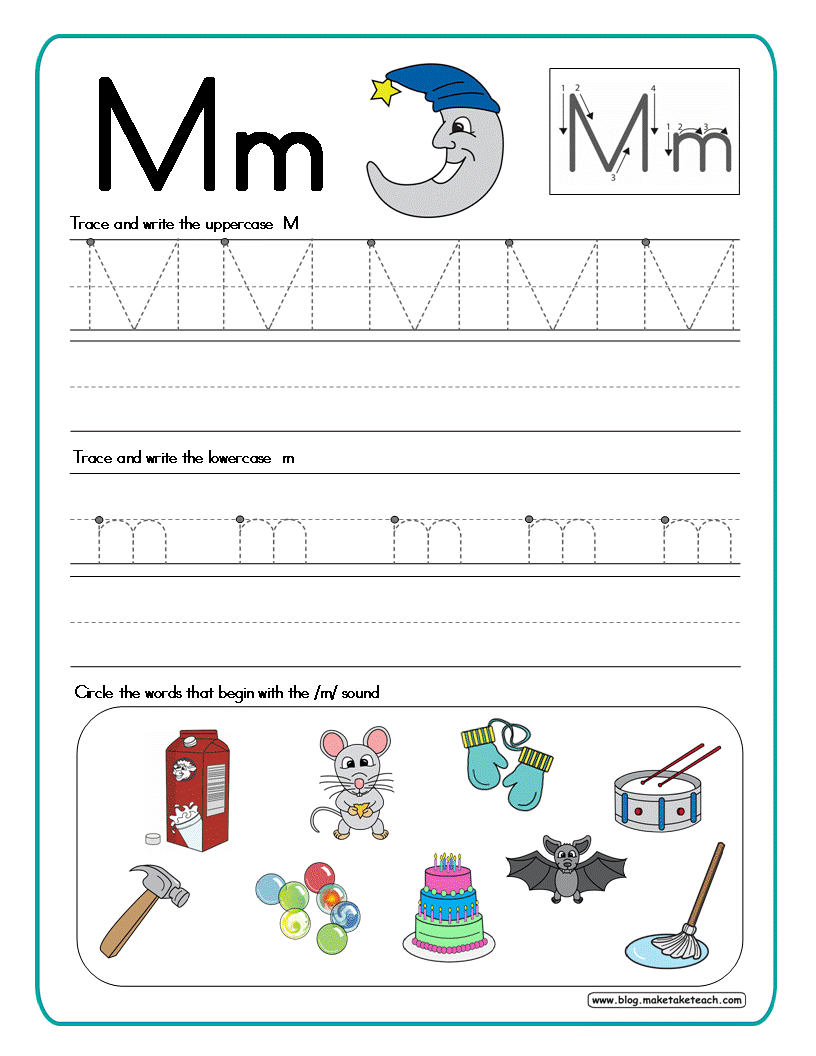
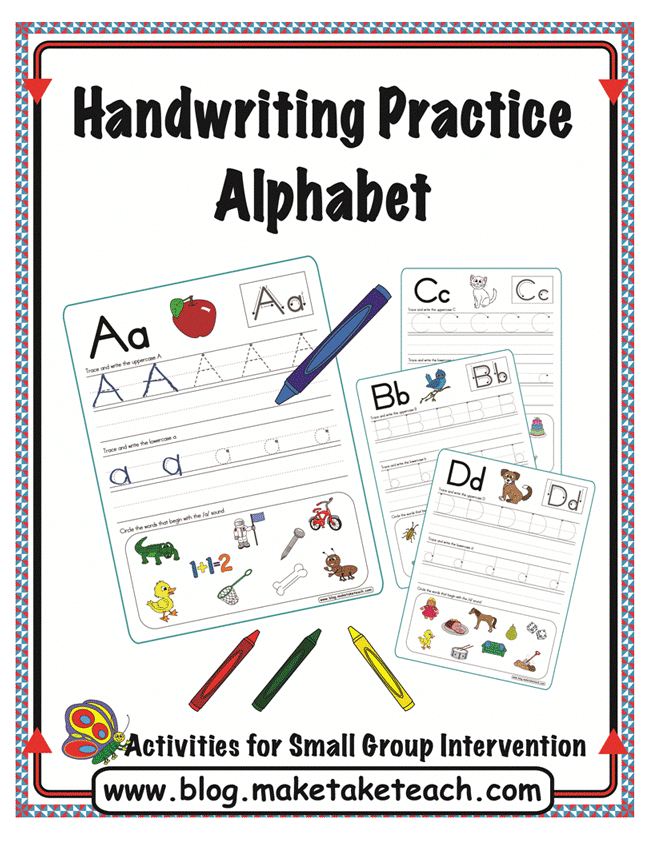

I would love to use this paper with my Kindergarten Kiddos. Have you designed any paper with lines for sentences? That would be awesome!!
Hi Paula- I made the spelling paper because I’ve never seen it before. I know highlighted paper is available commerically and I don’t want to violate any copyright-that’s why I didn’t make it and post it here. It was really easy to make, however, in Publisher.
I am excited to implement these teaching strategies. I was interested in the Phonics Phones. Do you have a link to that? I look forward to hearing from you. Thanks again for all the great ideas.
Noreen.
I don’t think I can imbed a link in the comments–the post, however is a February post so if you click February under archives it will be there. I am also going to list that post on my sidebar later today. Thanks for leaving a comment 🙂 The phonics phones are awesome!
Thank you for the recommendation.. I have it downloaded!!!
I cant find the Wet Dry Try app. Can you tell me how to purchase it and from where?
Try searching under Handwriting without Tears. I was on the official Handwriting Without Tears website today and there was a description of the app and likely a link. You may want to go directly through their site to get the app. Hope this helps. Julie
Hi, I can’t find the app you mentioned in the Apple App Store. Are you using a different system?
Thanks, Ingrid
I have the app for my iPad–try searching for Wet-Dry-Try or Handwriting Without Tears. It should come up. Julie
Enjoyed all the helpful ideas. Thanks
I love the idea of highlighted lines! I’m going to try taking our regular lined paper and just use a highlighter manually to give it the same effect without having to spend any extra $$ 🙂
Hello, I love your blog and all the free resources. I especially like the highlighted paper which I use with my own daughter. My husband and I are Occupational Therapists and certified handwriting specialists with HWT as well. I hope it’s ok with you to link back to your blog in some of our blog posts that will tackle handwriting tips. Thank you.
Absolutely. Glad you like the handwriting paper.